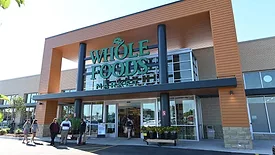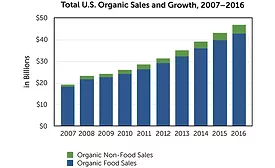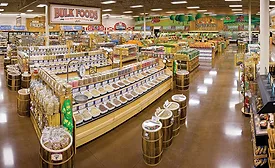Home » Keywords: » organic retailers
Items Tagged with 'organic retailers'
ARTICLES
Grocer identifies food, beverage products that support trends
Read More
Natural, organic retailers share shopper insights
Sustainability, functionality among trends resonating with consumers
August 26, 2024
Channel Strategies
Natural retailers challenged by inflation, competition
Experts suggest natural retailers promote specialty offerings to appeal to consumers
October 3, 2023
Channel Strategies
Dedicated shoppers keep natural and organic channel afloat
eCommerce options add more convenience for shoppers
September 21, 2021
Natural, organic retailers continue upward path
Online retailers also helping channel grow
October 16, 2019
Natural, organic retail channel continues to post growth
Refrigerated juices, functional drinks command most market share among beverages
October 3, 2018
Amazon’s acquisition of Whole Foods Market impacts industry
Beverages No. 4 in organics market
October 11, 2017
Natural, organic retailers address price point concerns
Channel receiving increasing competition from eCommerce
October 10, 2016
Technomic provides coverage for total food industry channel
Will cover all channel in $1.74 trillion US food industry
August 19, 2016
Elevate your expertise in the beverage marketplace with unparalleled insights and connections.
Join thousands of beverage professionals today. Shouldn’t you know what they know?
JOIN NOW!Copyright ©2025. All Rights Reserved BNP Media.
Design, CMS, Hosting & Web Development :: ePublishing











